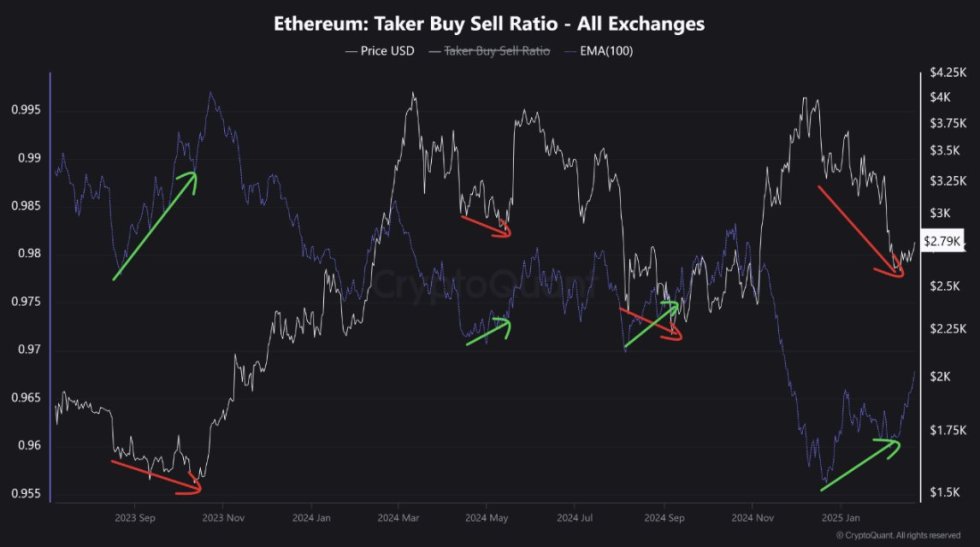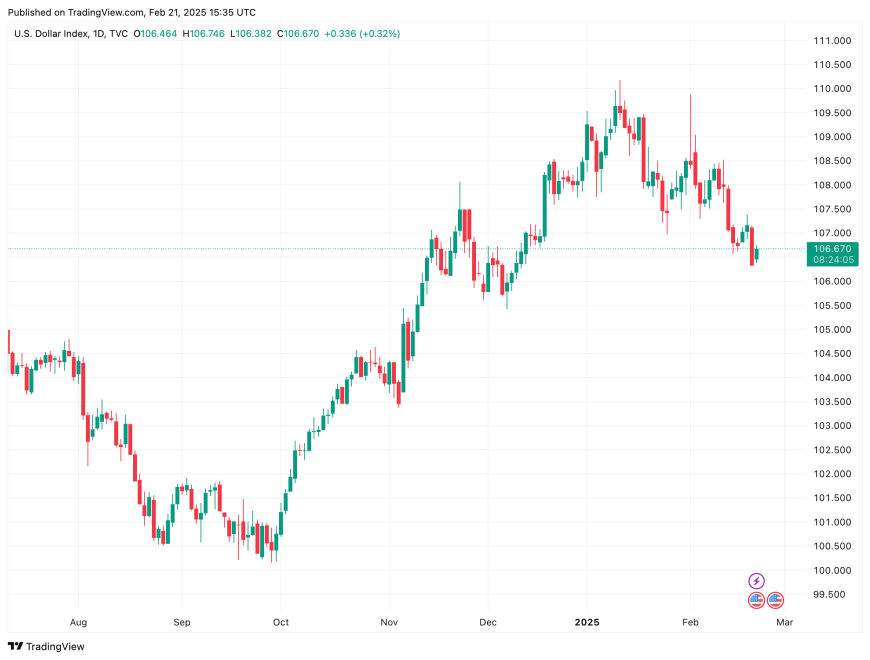 Source: Shutterstock.
Source: Shutterstock.With the rapid crash in Bitcoin’s price, the conversation regarding Bitcoin and other cryptocurrencies has dramatically changed. Where does this leave credit unions that were considering adding crypto to their offerings? Here, we’ll explore this question and provide a strategy we believe is the right one for credit unions pursuing the cause of responsible innovation.
Passionate advocacy has given way to muted uncertainty – there are not many laser eyes on Twitter anymore. The initial excitement of the potential of offering crypto – or more specifically Bitcoin, which NYDIG has been leading with, through a credit union has quite rightly given way to uncertainty of crypto’s place in banking. Where previously many industry leaders were optimistic about this new, innovative asset, the recent dip in Bitcoin and other cryptocurrencies has left a lot of people feeling chilly about crypto investing.
This dip comes just as many credit unions were beginning to think about offering crypto investing services. Cornerstone Advisors’ latest report, “What’s Going On in Banking 2022: Rebounding From the Revenue Recession,” found that 9% of credit union executives plan on offering cryptocurrency investing services in 2022. This makes sense given the interest of many consumers in using their financial institution to access crypto – Cornerstone found that 60% of crypto owners would prefer to use their financial institution to invest in cryptocurrencies.
BAI, a non-profit that conducts research for the financial services industry, found in its 2022 Banking Outlook Report that more than half of Gen Z and millennials have invested directly in cryptocurrencies or in funds with exposure to crypto.
“We’re sitting in a divide between the original battle-tested market leading crypto assets and the newer emerging blockchains. Bitcoin and Ethereum have clear user bases from libertarians to dapp aficionados,” Unifimoney Chief Investment Officer Max Osbon said. “The alternative layer ones rose to prominence extremely fast, probably too fast for their own good. Their user growth and value add to the ecosystem have been much slower. Market values are at risk when the products are not being used or when the userbase is not growing very fast. As the Fed pulls liquidity, alternative cryptos are going to get hit hard, as they have.”
As the crypto market takes a dip, however, credit union executives are questioning whether they should even consider offering crypto services. No credit union would advocate gambling as a path to long-term wealth creation, so why offer Bitcoin?
Crypto has always been a risky, volatile asset, but now, more than ever, financial institutions are skeptical of crypto’s value. So, should credit union professionals scrap their crypto investing services? In short, yes and no – how you do it really matters.
Treat Crypto as Any Other Investing Asset
In their book “This Time Is Different: Eight Centuries of Financial Folly,” Carmen Reinhart and Kenneth Rogoff provide ample evidence that it never is. Risky, volatile assets are exactly that regardless of whether they are tulips in the 17th Century or Bitcoin today. That does not mean that alternative assets don’t have a role in investment strategies – they only have a role in a properly diversified, risk appropriate, long-term investment portfolio.
When looking at a long-term approach to protect and grow wealth diversification, is critically important. This includes time as a diversifier to negate the risks of market timing, dollar cost averaging contributions over time, as well as diversification of asset classes and within asset classes.
One of the challenges for investors wanting to invest in crypto through their credit union is that many of the early adopters have implemented investing platforms that only provide access to one or a handful of cryptocurrencies – e.g., Bitcoin and maybe Bitcoin and Ethereum. Clearly offering a single asset class and a single example of that asset class would not be considered by any reasonable person to represent a diversified investment strategy.
All assets go through cycles and crypto is no different – the long-term potential of blockchain technologies is very bright indeed and it’s likely crypto will rebound eventually. In fact, this is not the first Bitcoin crash. Crypto dipped dramatically in 2018, and many people at the time claimed that crypto was “dead.” The price remained low for a while until it rebounded in 2021. It is almost impossible to say when exactly crypto will rise to its previous heights, or if it will at all, but the likelihood is it will. For investors who have not started investing in crypto, now might represent a good time to start – but as a small part of an overall, risk-adjusted, long-term wealth management strategy.
Crypto as Part of a Digital Wealth Management Solution: An Easy Way to Drive Member Engagement, Acquisition & Retention
While credit union executives may differ greatly in their interest in and acceptance of crypto and wealth management services, many are noticing the massive growth in deposits, leaving their members to use third-party investment apps like Coinbase and Robinhood. This impact on the very core of their business is getting everyone’s attention and underlining the need to think about how to better meet members’ needs that are not being addressed today but are being served by third-party investment apps.
What is clear is that regardless of how executives think consumers are voting with their wallets, if their needs are not being met by their financial institution they will go to a fintech disruptor instead.
When credit unions do not offer an easy way to invest in crypto, their members will go to an exchange. If their credit union’s digital platform does not offer access to stocks and ETFs, they will go to a fintech company that welcomes all investments. These members are not limited to Gen Z and millennials – one bank reported that over half of its traditional Registered Investment Advisor customers also invested direct using self-directed third party investment apps. Financial institutions offering traditional wealth advisory services are also becoming aware of the need to serve younger and less affluent customers before they become rich enough for traditional advisors, because the likelihood is by the time they are rich enough, they’ll already be working with someone else who was there when they were younger and less affluent. These younger members will be more likely to stay with those companies as their assets increase, removing a future high-wealth member from the credit union movement.
Keeping younger members in the credit union family requires forward-thinking, technology-driven solutions to guide the next generation of wealth builders. Offering easy ways to invest in crypto within the credit union builds loyalty and engagement from an early age. Giving the access members want today keeps them more engaged in the short-term and sets the foundation for growth toward future wealth within your organization.
Credit unions should not write off crypto services but offer them as an integral part of a digital wealth management solution. There are three times more customers on Robinhood than on Coinbase. Aside from offering better choice in investments and the ability to diversify a portfolio by offering both traditional and alternative assets, you are maximizing the opportunity to engage with these customers.
Even if demand for crypto is not what it was weeks ago, that demand is still there and the need for a long-term wealth management approach is never better underlined when the market is down. Better yet, when crypto resurges, credit unions that already offer crypto investing services will have a clear advantage. Those that do not will flounder and hastily scrape together an inferior product while credit unions with better-established crypto offerings will rake in members and loyalty.
Ultimately, it is all about giving members more options and control over their finances. Advances in technology have made greater customization and personalization available across all industries, and personal finance and wealth management are no different. With so many new, exciting options on the market, members want a credit union that can empower them to make their own decisions.
Credit unions that are still considering crypto offerings should move forward but think about it holistically as part of a broader effort to increase the proportion of members who are actively engaged in their wealth management journey. The objective is to ensure more members can retire comfortably – not become overnight crypto millionaires. And the 91% of credit unions not offering crypto yet should consider adding it to their road map. Whether crypto regains its popularity sooner or later, credit unions will be better off providing crypto investing services.
 Ben Soppitt
Ben SoppittBen Soppitt is Founder and CEO of Unifimoney, a San Francisco-based provider of an investment and money management platform for community banks and credit unions.

You can get bonuses upto $100 FREE BONUS when you:
💰 Install these recommended apps:
💲 SocialGood - 100% Crypto Back on Everyday Shopping
💲 xPortal - The DeFi For The Next Billion
💲 CryptoTab Browser - Lightweight, fast, and ready to mine!
💰 Register on these recommended exchanges:
🟡 Binance🟡 Bitfinex🟡 Bitmart🟡 Bittrex🟡 Bitget
🟡 CoinEx🟡 Crypto.com🟡 Gate.io🟡 Huobi🟡 Kucoin.




















Comments